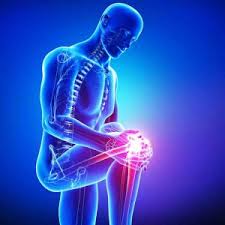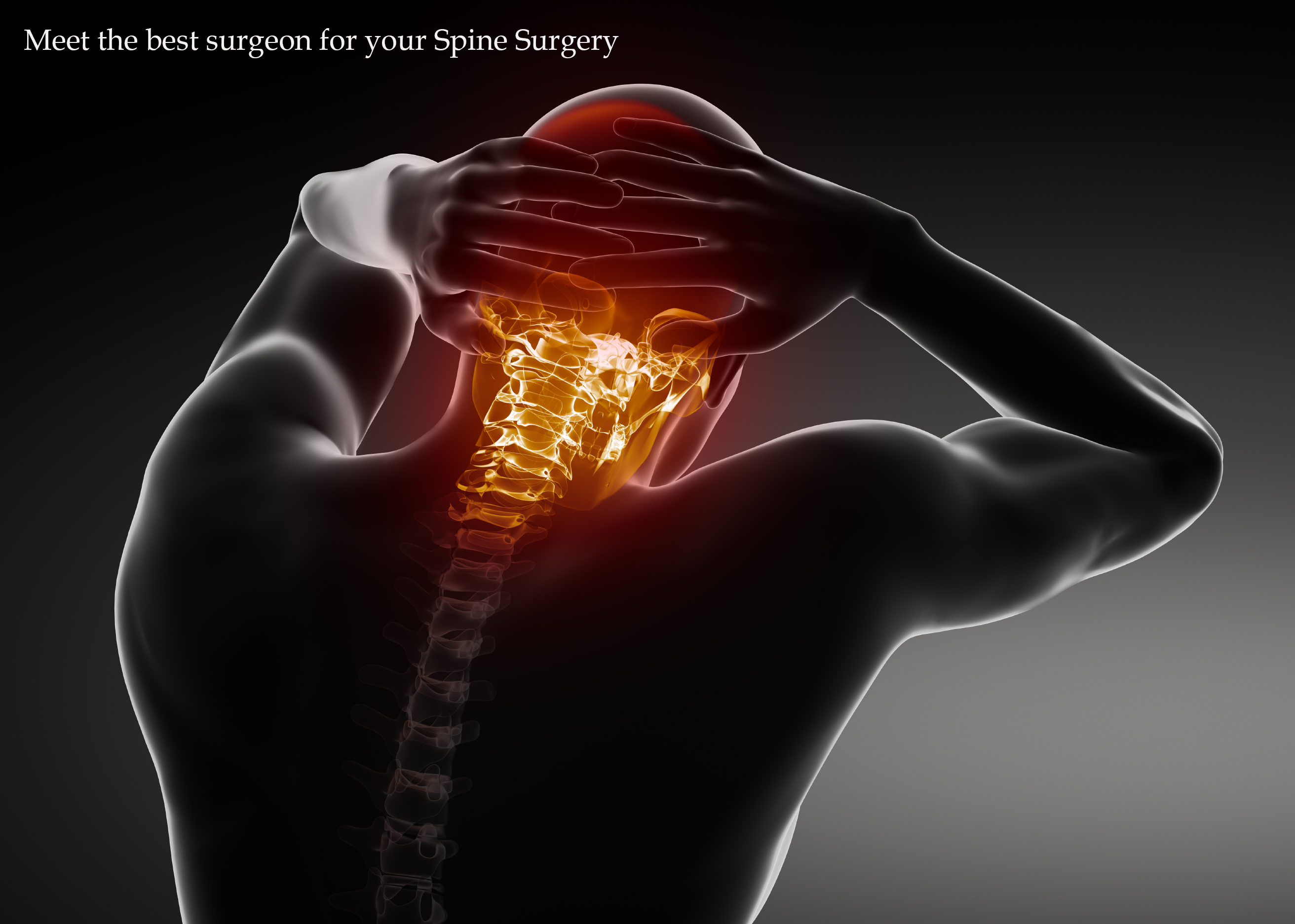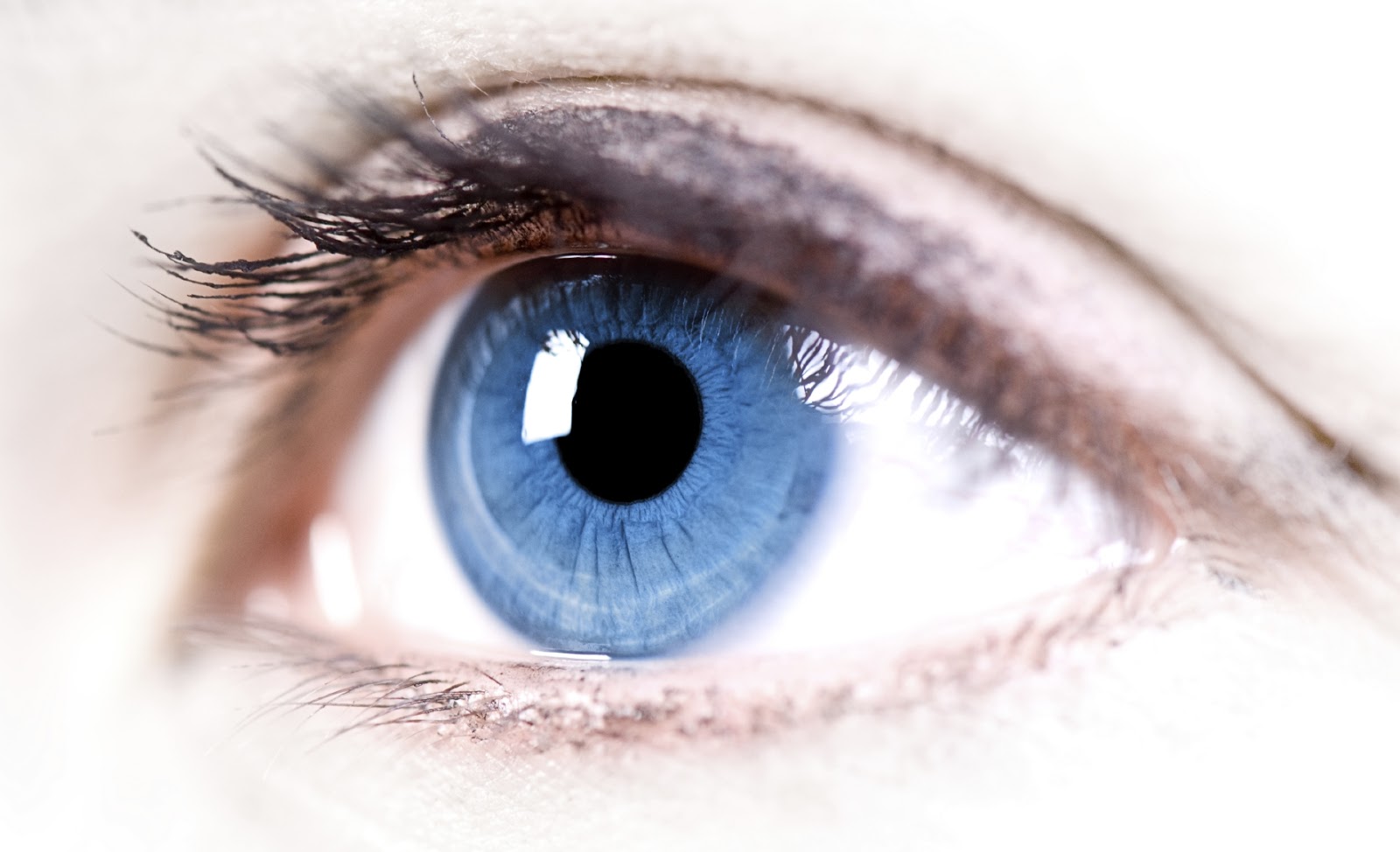Stretch Marks Causes And Treatments
Stretch marks are ugly looking scars on the skin and they can really hamper your confidence, and make you feel more conscious of your body. This condition occurs due to various reasons such as low maternal age, body stress, weight gain, hormonal changes, genetic influence and most commonly pregnancy. About 75 to 90% women develop stretch marks after pregnancy, which can be quite a worrisome factor for would-be mothers. Today, there are laser treatments, cosmetic surgery and a number of stretch mark removal creams available in the market to ward off this problem. But then, nothing works out like home remedies and use of natural ingredients, which are loaded with highly valuable health properties. Eating a balanced diet along with adequate water intake is also beneficial if you want to find relief from this problem. Scroll down the write-up to find out more on the surgical treatment for stretch marks and a diet guide to prevent stretch marks.
Surgical Treatment For Stretch Marks
Laser stretch mark removal is one of the easiest and quickest surgical methods to opt for if you want to get rid of stretch marks. This type of surgical procedure uses laser rays to remove the scars and lighten them. For best results, a person has to undertake several sittings, which sometimes depend on the intensity of the scar.
The laser rays remove all the three layers of the affected skin so that new skin can grow. The cost of this method depends on the skin tone and the size of the area treated. For good results, at least six sessions of laser treatment is required with each session lasting about ten to thirty minutes.
Plastic surgery is another method for removing stretch marks. Here, the skin below the belly button is removed, which is often susceptible to stretch marks. Once removed, a fresh new skin grows back. Like laser surgery, the price of this treatment depends on various factors such as skin type, ethnicity, and age of the patients.
Diet Guide To Prevent Stretch Marks
Besides indulging in a good diet, it’s vital to exercise regularly in order to tone your muscles and get rid of stretch marks.
An effective home remedy includes massaging your body with olive oil. Doing this regularly not just banishes the ugly marks but also makes the skin supple and smooth.
Drink at least ten to twelve glasses of water a day and stay away from caffeinated drinks such as coffee, tea or cola.
By eating you not only feed your stomach but also your skin. So, always take care on what you eat and drink. Foods that are rich in biotin and niacin are extremely good and aids in strengthening the skin and prevents stretch marks.
Brewer’s yeast, whole grains, legumes, cauliflower, oysters, meats, and oatmeal are all rich in biotin content so include them in your diet. Foods like prawns, meat, fish, pork, dairy products, almonds, celery, carrots, seeds, leafy greens, turnips, seeds, and rice bran scores high in niacin.
Besides biotin and niacin, consuming fruits and vegetables, which are rich in vitamins E, C, A and K, are also necessary for they produce elastin and collagen, which in turn helps in healing the scar tissue.
Include grapefruits, sweet peppers, lemons, oranges, and other citrus fruits in your regular diet as they are a rich source of vitamin C. For vitamin E you can have whole grain cereals, almonds, eggs, and sunflower seeds. Spinach, peas, oatmeal, sweet potatoes, carrots, broccoli, peaches, and apples among others are a good source of vitamin A. For vitamin K include foods like cucumbers, asparagus, spinach, different varieties of greens, etc.










